It’s not a legend. It’s not a myth. It’s real—and it’s breathtaking. After decades of whispers and blurry sightings, a wild cat once thought to be a ghost has finally revealed itself. Perched high in the mist-wrapped Andes, this elusive feline—sleek, secretive, and newly confirmed—just made history. It’s the first wild cat species discovered in the Americas in over half a century. Researchers were stunned. Cameras captured what human eyes had missed for generations. A predator so stealthy, it danced through science undetected. Until now. This isn’t just a new name on a list—it’s a reminder that Earth still holds mysteries. And some of them still have claws.
The Discovery Moment
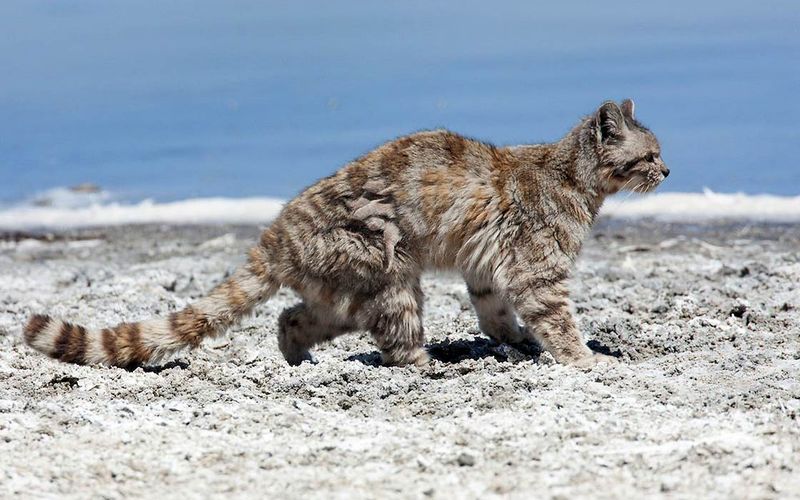
In the heart of the Andes, a scientist’s heart raced as his camera captured the first glimpse of the elusive feline that had evaded human eyes for decades. The revelation of this new species sent shockwaves through the scientific community. What makes this discovery even more intriguing is the cat’s unique characteristics, perfectly adapted to its mountainous home. These features had allowed it to remain hidden for so long. Its capture on camera is a testament to the persistent efforts of researchers dedicated to uncovering Earth’s hidden wonders.
Mysterious Feline Features
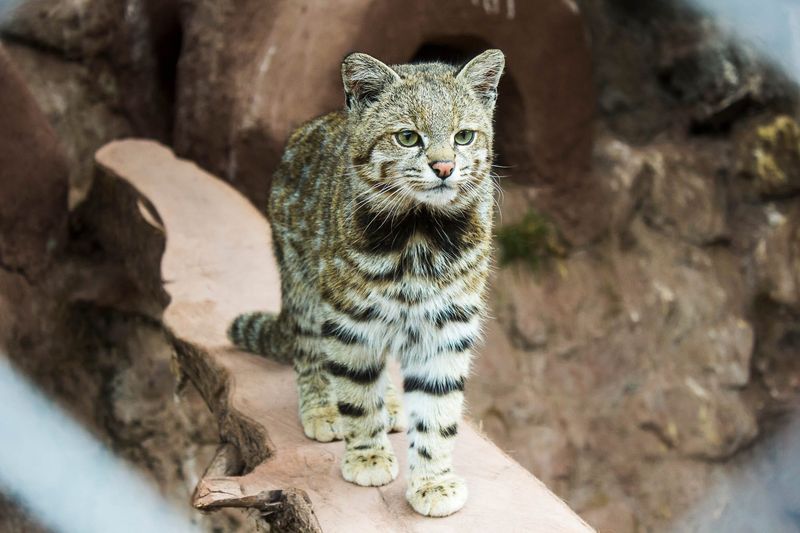
The newly discovered wild cat boasts a fur pattern unlike any other, a tapestry of colors that blends seamlessly into its surroundings. Its eyes, sharp and piercing, seem to hold centuries of secrets. Each feature of this cat tells a story of survival in the harsh Andean environment. Yet, what stands out most is its agility; it moves with a grace that belies the ruggedness of its habitat. This feline’s ability to remain unseen for so long speaks volumes about its adaptability and the mysteries yet to be unraveled.
Habitat and Adaptation
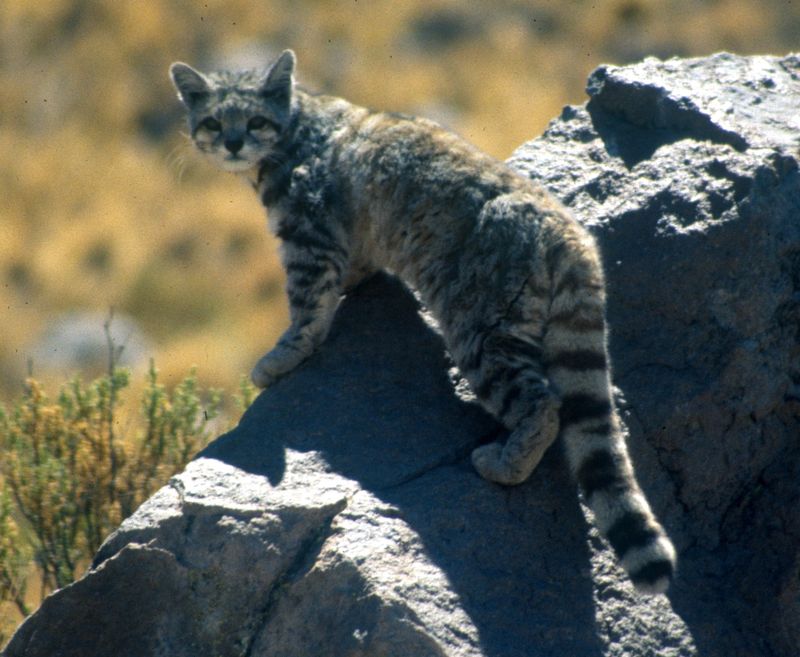
The Andes Mountains, with their mist-covered peaks and treacherous terrain, provide the perfect sanctuary for the newly discovered wild cat. Here, in this breathtaking yet unforgiving environment, the cat has honed its skills to perfection. Its ability to navigate and thrive in these conditions is nothing short of remarkable. The dense vegetation offers both protection and a hunting ground, showcasing the delicate balance of nature. This habitat not only shelters the cat but also presents a formidable challenge to those who seek to study it.
Conservation Efforts
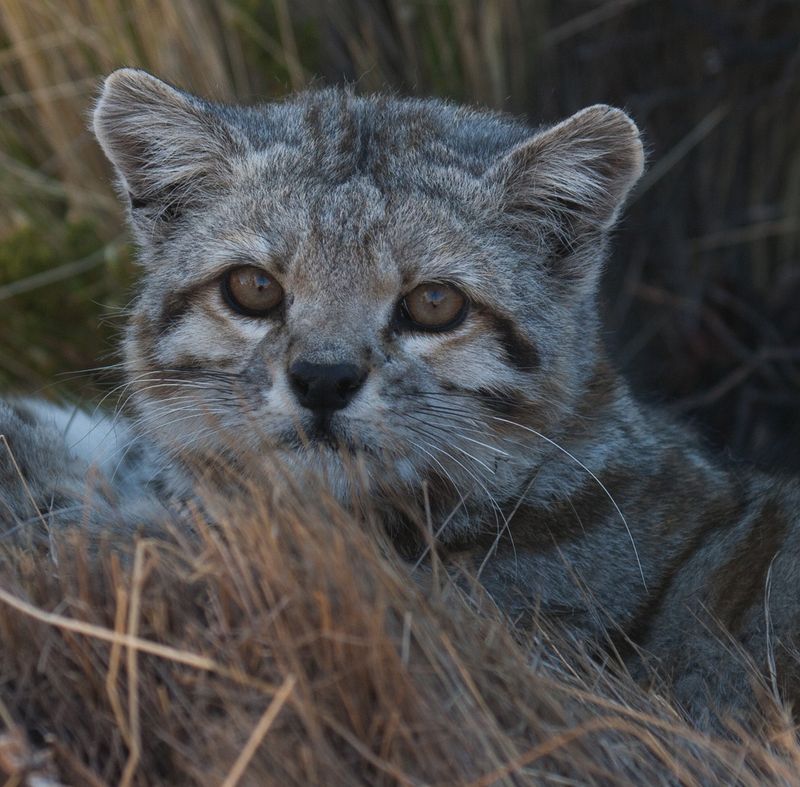
In response to the discovery, conservationists have rallied together, eager to protect this newfound treasure of the Andes. Their mission is clear: to ensure the survival of the wild cat and its habitat for future generations. This endeavor is not without its challenges. Balancing human interests with wildlife conservation demands innovative approaches and collaboration. The conservation community is optimistic yet cautious, understanding that the preservation of this species is a long-term commitment. Their efforts represent hope for other undiscovered species.
The Broader Impact
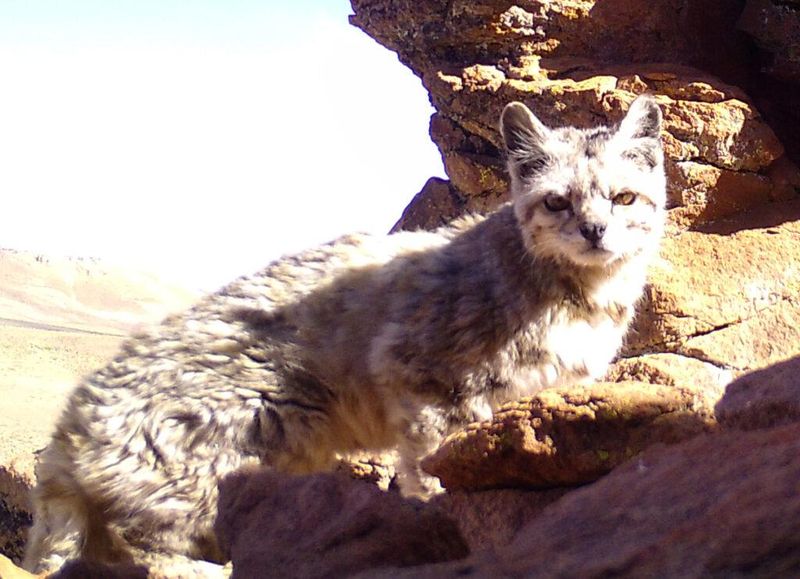
The discovery of the wild cat has not only captivated scientists but also sparked global interest in the potential for more undiscovered species. This finding highlights the importance of preserving biodiversity and the critical role that even one species can play in an ecosystem. As researchers dive deeper into understanding this cat, they gain insights that could apply to conservation strategies worldwide. This event serves as a reminder of our planet’s vast and largely unexplored biodiversity, urging us to continue exploring and protecting it.

